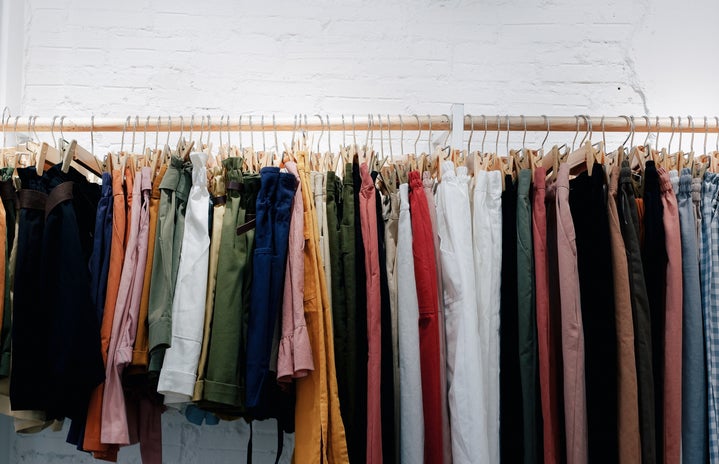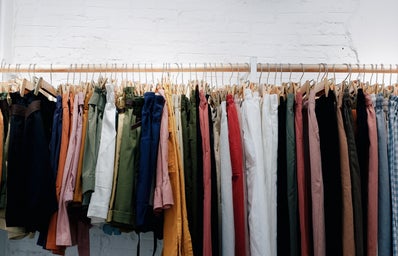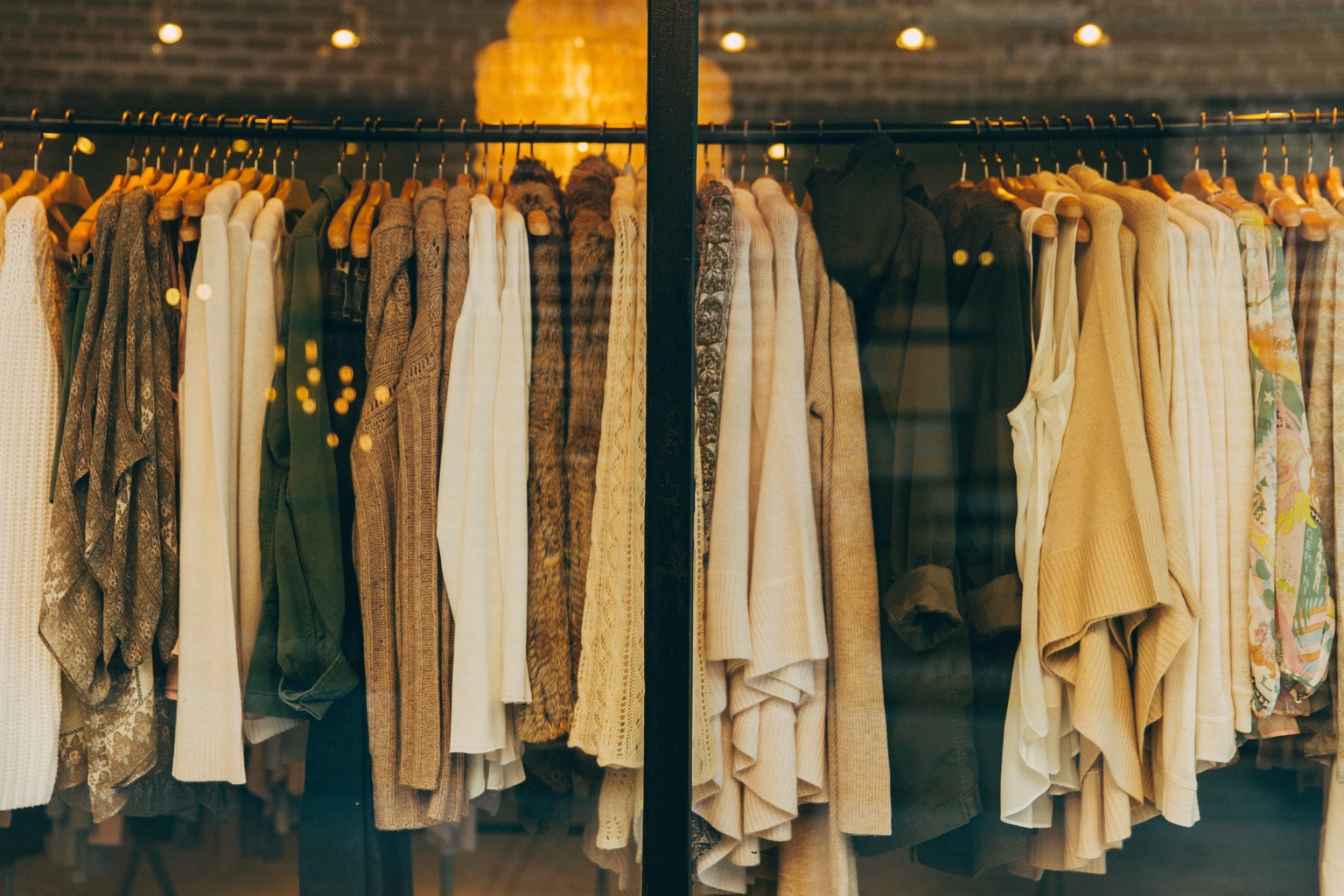On Vinted, people have seeing prices generally increase, as more and more resellers flock to the site to flog their ‘vintage’, ‘y2k’, and ‘deadstock’ clothes for much higher prices than they would have gone for five years ago. Is this something that inevitably happens to each resale app, or is there still a place for cheap second-hand clothing?
Second-hand fashion has been increasing in popularity for several reasons. The most positive of those is the trend towards sustainability in a reaction to the appalling mistreatment of workers and environmental damage caused by fast fashion brands such as Shein. Buying second-hand both helps to prevent damage to the environment caused by the waste associated with garment production, and also helps to counter the ever-increasing speed of trend cycles by making second-hand, timeless clothes more fashionable. However, with increasing popularity for second-hand fashion, many sellers, both charity shops and individual people on Depop and Vinted, have increased their prices to match. This means that people relying on the second-hand market for cheaper clothing are potentially being priced out.
Depop was the first resale app to become saturated with resellers, charging inflated prices for old, stained clothing which is superficially labelled as ‘vintage’, or selling new, sold-out fast fashion for more than the retail price, which completely goes against the sustainable, circular economy ethos that second-hand marketplaces should have. Vinted seems to be following in its footsteps. Increasingly, tops are going for north of £30, where previously they would have sold for closer to £3, and photos are looking more and more professional, swapping pictures of clothes thrown on the floor mid cleanout for pictures of clothes on plain, clean backgrounds with the tell tale cinched waist that signifies a seasoned y2k reseller.
However, all hope is not lost. Using the price filter, it is still easy to find many cheap clothes being sold by normal people doing some spring cleaning. For example, searching for both tops and jeans under £2 garners 500+ results each, so there is still a large market for genuinely cheap and accessible clothing. It can be frustrating to have to scroll through pages of overpriced clothes, knowing that a few years ago the same things would have been sold for a tenth of the price, but by just using the price filters and sorting from price low to high this issue can easily be resolved. There seems to be a sense of moral outrage at the rise of wealthier people buying second hand clothing, when they can afford otherwise, where previously this was a market largely occupied by lower income people. In part it’s understandable, especially when many have memories of being ridiculed for wearing hand me downs at school, and now this is trendier than new clothes. It’s especially frustrating when these concerns are swept under the rug in favour of the argument that increased sustainability is better for us all, which of course it is, but often this idea is stated in a condescending tone, ignoring the fact that wealthier consumers can often pick and choose when to be sustainable. When the fashion tides change and suddenly fast fashion is cooler again, it may be frustrating to see many jump ship.
So yes, it does seem that Vinted is following after Depop and becoming more expensive, but there is definitely still a large market for people buying and selling cheap clothes from their wardrobe clear outs, in a way that is mutually beneficial to both buyer and seller. Even with Vinted increasingly resembling Depop, there are other places where second hand clothing remains cheap, such as eBay, some (not all) car boot sales, kilo sales, and charity shops.


